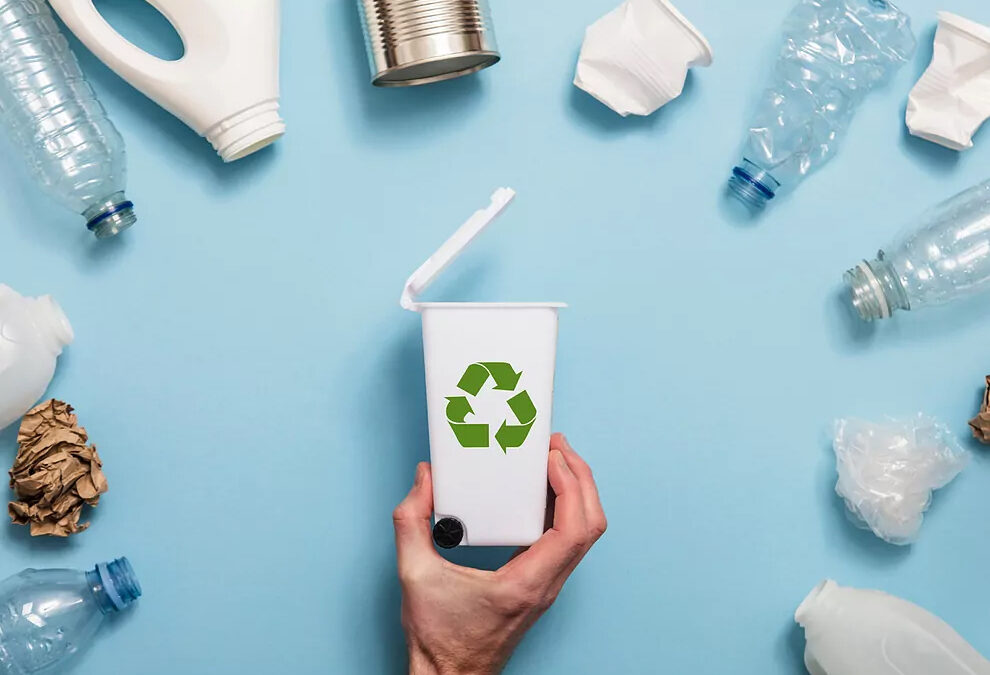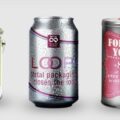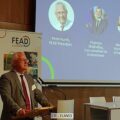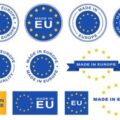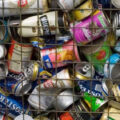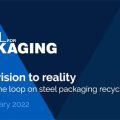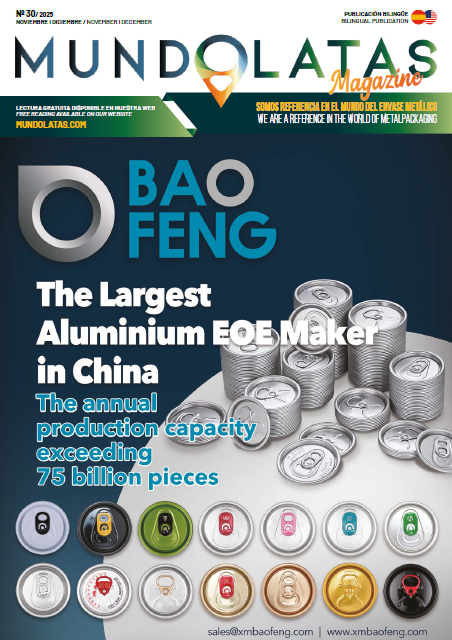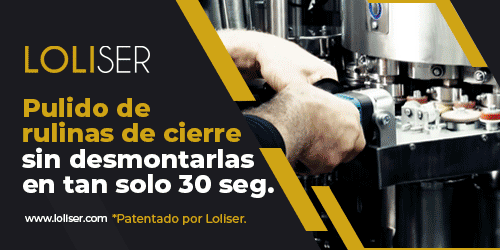The European Commission has presented its proposal for a 2022 Packaging and Packaging Waste Regulation (PPWR). This law seeks to establish standards that guarantee the proper management of packaging-related waste and minimize risks to the environment as much as possible. The steel packaging sector, which is represented by the organization APEAL, has shown its full support for the intention of the standards proposed by the Commission, which seeks to make all materials used for packaging fully recyclable.
The EU recently announced a target for all packaging on the market to be reusable or recyclable in an economically sustainable way by 2030. In order to comply with the requirements of the Green Deal and the Circular Economy Action Plan (CEAP) 2.0, some rules to follow have been established. The proposed modifications to the Packaging and Packaging Waste Regulation seek to improve the current situation with the elements that are in disuse. It also specifies a series of parameters that a container must have in order to be considered recyclable, including the material from which it is made, its dimensions and other factors.
The recommendation presented by the members of the Commission is a step forward; however, to achieve the desired end, much more forceful measures are needed. In the steel packaging sector, it recommends stricter qualitative criteria for labeling packaging as recyclable. The introduction of classes or “grades” of packaging recyclability performance for each unit of packaging placed on the market is timely. Non-recyclable packaging should also be phased out. Top performers should be rewarded through ecological modulation of EPR rates and through a higher degree of recyclability.
By 2030, half of the European population is expected to have an efficient packaging recycling system that minimizes the amount of waste generated and makes appropriate use of the resource. This task will have to be carried out in a staggered manner (90% of the inhabitants) and in two thirds of the territory. Federal law requires that the new Union changes be recognized in at least 2/3 of the member states, which means that the population will not have to wait as long to enjoy these benefits.
With regard to packaging waste prevention, new waste reduction targets should be set for plastics, wood, ferrous metals, aluminum and paper/cardboard. As for transport packaging, buckets, drums, carafes and steel drums are sales packaging and not transport packaging. In conclusion, materials cannot be trapped within the reuse targets that apply to transport packaging.
A gradual reduction of packaging waste is being carried out to preserve the environment. This is achieved by limiting the amount of waste to be discarded while discouraging the excessive use of non-biodegradable plastic materials.
The packaging steel industry considers that a review of the PPWR would be necessary. The European Commission adopted Directive 99/31/EC to phase out the landfill of packaging waste, thus creating a path towards sustainable and responsible waste management.
With the aim of cleaning up ecosystems and improving the quality of the environment, a gradual reduction in the deposition of plastic waste in natural spaces is being carried out. Consequently, packaging placed on the market must be designed for recycling.
APEAL has supported the approval of a regulation and a legal structure within the Internal Market to improve its conditions. In accordance with Article 114 of the Treaty on the Functioning of the European Union, a specific regulation is established for the use, handling and treatment of packaging and packaging waste.
The Resolution of the European Parliament dated February 10, referring to the New Circular Economy Action Plan (2020/2077), is fully compatible with the sustainable development strategies currently in place.
European Union member states have until January 2035 to provide a sustainable energy service that meets basic needs for at least 75% of their inhabitants. The effects study that was carried out by the team of experts did not specify the real reason why it was necessary to carry it out.
Finally, the European Commission has implemented a number of measures to end the amount of waste generated by packaging by January 2030. These measures, known as “recyclables”, are key to this process, since the goal is to make all materials sold reusable.

